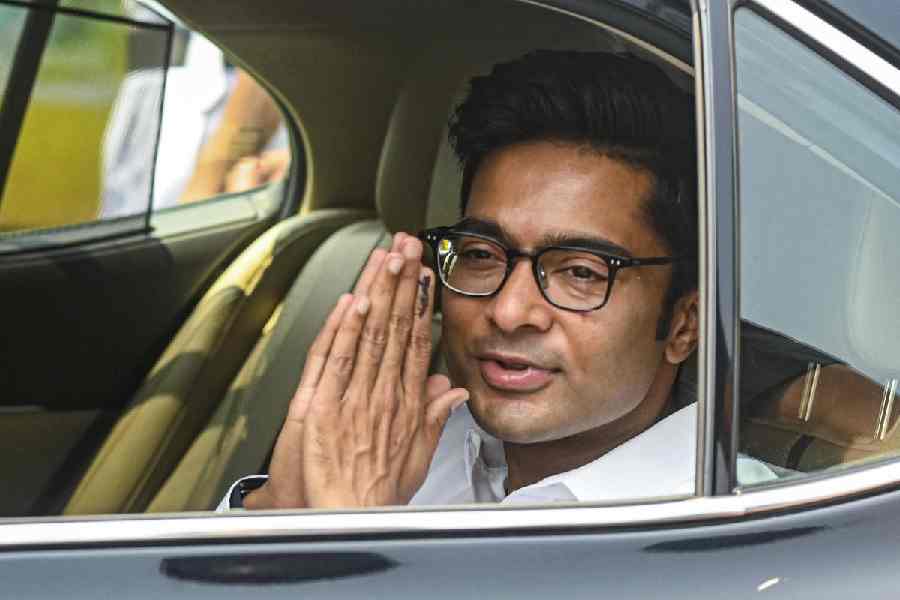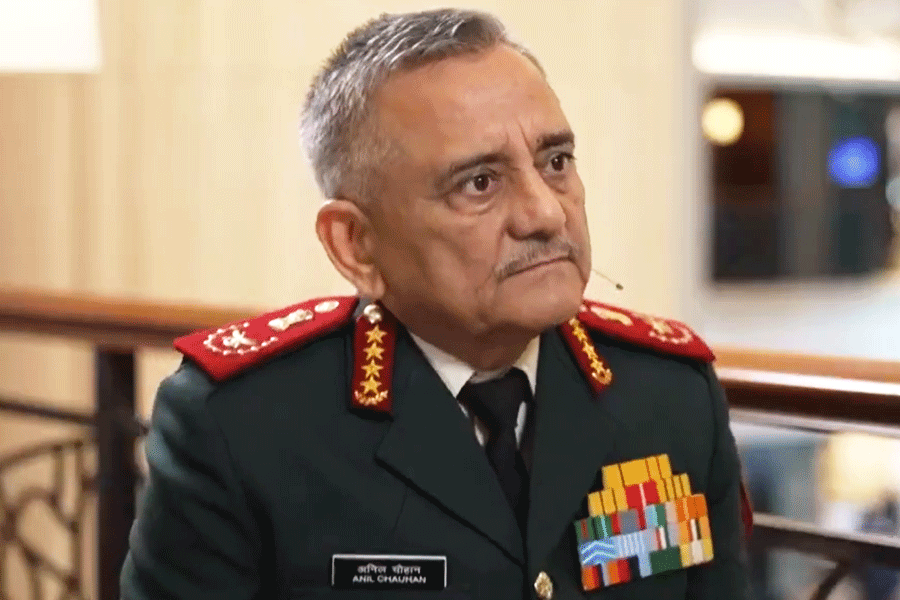 |
| From Girish Karnad's Hayavadana |
This is not a piece about tradition and modernity alone. Tradition is, to my mind, something dynamic, handed down through the ages, and modernity is, to me, the ability of this tradition to respond to what Shakespeare called the form and pressure of the times. What is contemporary is merely of the present, the primary quality of which is that it is here, now, and the traditional is the sort of stuff that has been handed reverently down the ages as something not to be questioned, not to be altered by even a jot, a sacred heritage, even though it may be mildewed, its edges frayed and worn.
I am referring primarily to the performing arts, and what set me off on this was having to sit through a performance of a play in what was obviously considered a contemporary style. The players stroked, pushed and threw each other about while the dialogue was completely at variance with what they were doing, very inward, very personal. As I came out of the theatre, I tried to make some sense of all this. One saw the compulsions — to be different, to clothe the text of the play with one’s own creative impulses, such as they are. But that’s a very very dangerous thing, because if one’s creative impulses are mediocre what you end up with is something grotesque, an imposition on an increasingly resentful audience, all of which adds up to the general conviction that theatre is, indeed, something weird, something one can do without.
This does not mean, nor am I saying “Look to the traditional, follow what we have been given by our glorious past”. Too often that means a mindless and mechanical presentation where the artistes — particularly in dance — meticulously follow all the old forms, and add nothing to it. That, again, results in the audience leaving with the conviction that they could have spent their time in a more worthwhile manner than by watching a tedious sterile performance, where the artiste is little more than a marionette. Inevitably, this too results in a growing conviction that all this traditional stuff is dull, boring and best avoided.
There is however, I am convinced, a different place in all this, a place where the traditional is not merely that but much more a dynamic tradition, informed by the artiste’s imagination, and that imagination is itself inspired by what he or she has discovered in the rigour of the tradition that has been enriched over centuries by the perceptions of many creative minds. As in dance, so in theatre, so in music. Tradition evolves, and develops and grows; it takes into itself attributes that come from the genius of artistes, playwrights and musicians who have immersed themselves in the traditional and fashioned from it something uniquely modern.
A great musician like the late Kumar Gandharva sang classical Hindustani music, but he brought to it his own creative genius, and has left behind unique, magical music which is at once steeped in tradition and is also modern in the finest sense of the term. So it is with others, in other forms; Girish Karnad uses traditional forms in his plays, but they are informed by his genius, his creative imagination, which makes them so very modern, in that we respond to it because it communicates with us through the myth and the form which Karnad fashions in his own, brilliant way.
But for every Kumar Gandharva and Girish Karnad there are many more who consider being “modern” means just being new and sensational, and what one then sees or hears is grotesque and embarrassingly bad. Peter Brook in his book, There Are No Secrets, mentions precisely this, but in a context that pinpoints the essence of the issue. “In many Third World countries, theatre groups tackle plays by European authors, such as Brecht or Sartre. Often they fail to recognize that these authors worked through a complex system of communication that belonged to their own time and place. In a completely different context, the resonance is no longer there. Imitations of the avant-garde experimental theatre of the Sixties encounter the same difficulty. So sincere theatre workers in Third World countries, in a state of pride and despair, dig into their past and attempt to modernize their myths, rituals and folklore, but unfortunately, this often results in a poor mixture that is ‘neither fish nor fowl’.”
Brook goes on to point out that Shakespeare had perhaps the largest vocabulary of any English poet, over 25,000 words, combining obscure philosophical terms with the crudest of obscenities. Modernity would lie, in Brook’s terms, in an imaginatively inspired artiste adding to these 25,000 words the other attributes that go to make up theatre — body language, sound language, rhythm language, scenery language, lighting language. “Images from the past, images from tradition, images from today… these are like nouns and adjectives with which we can make new phrases.” That, then is the challenge. Can we use them well? Will that usage make what we express more poignant, more true?
It’s not only a question of taking a form of dance, let’s say, and then having the dancers use some of its movements and then roll over each other and leap up and down, combining acrobatics and circus virtuosity with a form of dance that on its own has a power and vigour that needs only those attributes which make it more meaningful, provide more insight, more truth. This form of contemporary claptrap does immense harm to the original form in two ways; first, it leaves a large number of those who watch the leaping and rolling about with a strange notion of the form, and second, it provides, at best, a fleeting interest of the kind one would have in a six-legged donkey. The cumulative result is a general alienation from the form, from dance itself, in some cases, and the pushing of this performing art into a marginal place in the social consciousness.
Somewhere there must be a way in which a new consciousness can not just grow, but become more general than it is now. The obsession is with style, new style, unusual style; anything that avoids what is perceived to be a cliché, and worn out. But style, as Evelyn Waugh said, “is not just avoiding the cliché. It’s avoiding the place where you can feel the cliché is being avoided.” And here one has to look at what is traditional, and instead of deifying it, ask what it is in today’s terms. What in the present body of the times, to repeat Shakespeare’s phrase, is its form and pressure? True tradition is responsive, and must absorb the best of what is brought to it from within its own terms or even from outside it.
David Hare, the playwright, recounts a conversation he had with the celebrated film critic, Barry Norman, who was praising a film he’d seen as a great work. Hare asked him what it was saying. Norman looked at him as if he were mad and said it didn’t matter; the greater the film the more irrelevant such a question was. “What’s Casablanca about?” he asked, “What’s Citizen Kane about?” Hare told him, simply, that if Norman had the time, he, David Hare, would tell him what these films were about, at length. Norman clearly did not wish to know, and left.
It is this which destroys what one reveres as great, in the end. This unquestioning acceptance of something as great. It’s necessary to ask, as David Hare did, “What’s it saying?” In the answer will lie the greatness of tradition, and its link with modernity.










